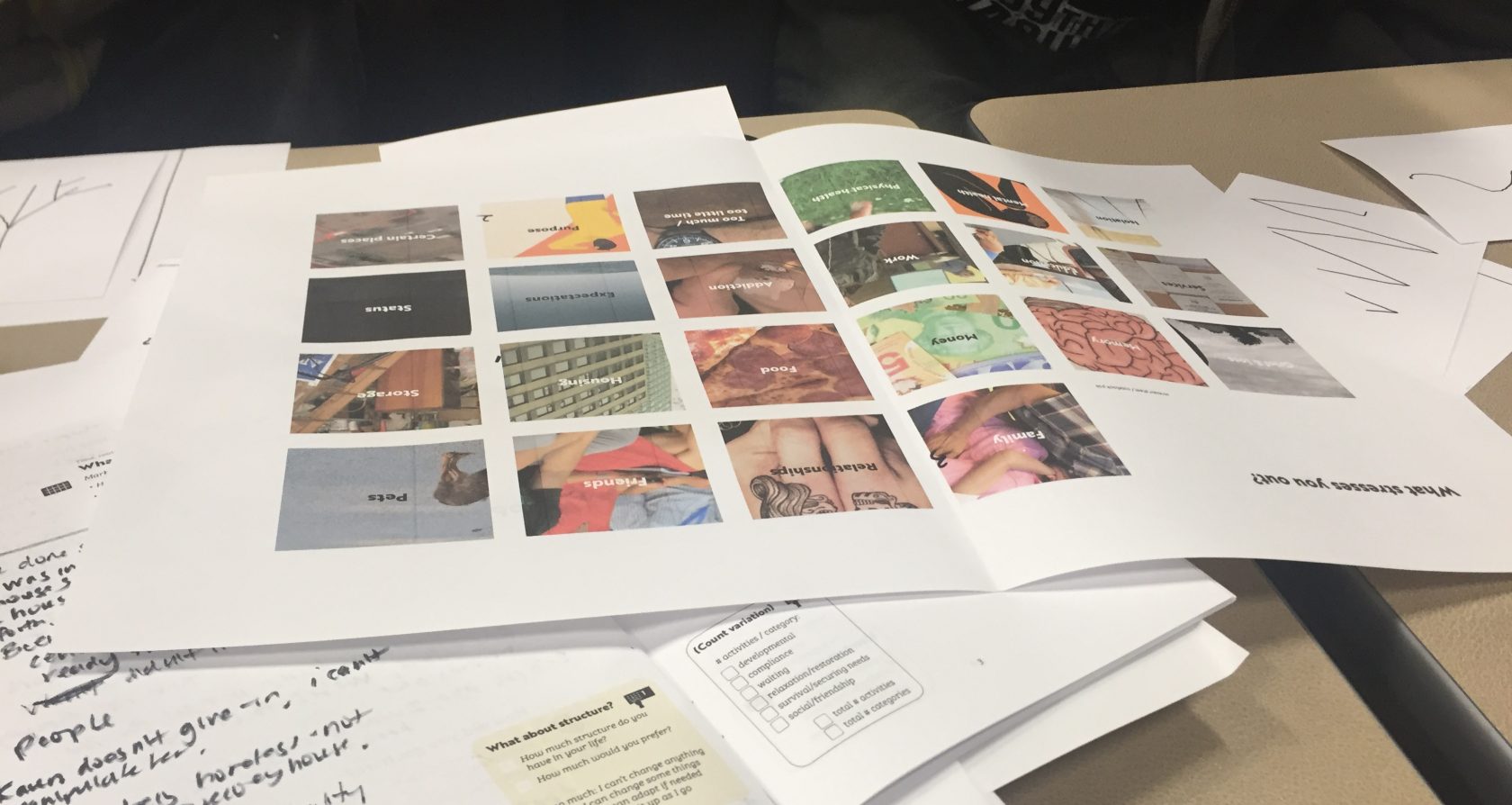I am equal parts horrified and inspired. Try as hard as I can, I cannot step into his shoes. To do so feels it would belittle his pain. All I can do is listen. And yet how I listen and how I make sense of his narrative reveals my own biases and moral frameworks. Whatever insights and ideas emerge from my time with Mitch will be filtered through my own sense of what’s right, what’s good, and what warrants action.

Philosophy Professor Julinna Oxley, in her terrific book The Moral Dimensions of Empathy, argues that, “Empathy has the potential to enrich and strengthen moral deliberation, action and moral justification to others. But empathy is not intrinsically moral and does not always lead to moral thought or action…While empathy is instrumental to moral action, it must be used in tandem with specific moral principles and directives to generate a moral response (p.4-5).”
Empathy is one of the core tenets of Human Centered Design (HCD). And, contemporary innovation methodologies lean heavily on HCD. While HCD can certainly help to create more attractive and desirable products and services for people, there are real limits of HCD for social problem-solving. The single-minded focus on methods – on rapid ethnography, personas, 2 x 2 matrixes, and all the rest – may yield fresh insights. But those insights cannot help us to discern the ‘best’ paths forward. Not all insights are equal. Not all ideas are good. Without making room for explicit conversation of values, HCD can ultimately become another managerial gimmick.
So in 2017, we began laying out principles for a values-led design practice. That is design rooted in humanistic values around learning, growth, and potentiality. Rather than frame ourselves as neutral designers, we’re trying to be more explicit about our beliefs and how that filters what we see and how we act. Of course it’s a tricky balance – to be bottom-up whilst having a clear moral core through which to interpret what emerges. In 2018, we’ll publish a piece describing our values and (hopefully) get clearer about how this shapes our practices.
Want to read excerpts of Julinna Oxley’s book? Browse it here. And look out for an article we’ll publish on the topic in 2018.
